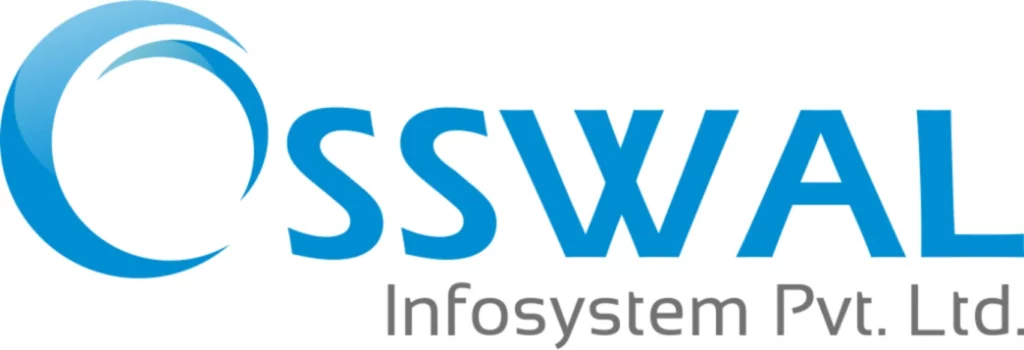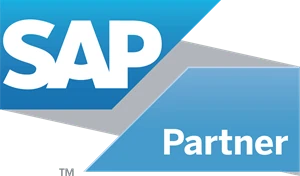
Determine the features and functions your business needs
To successfully implement an ERP system, it’s crucial to determine the specific features and functions that align with your business’s unique needs. Start by evaluating your core processes, from finance and inventory management to HR and customer relations. Identify pain points and areas for improvement, then prioritize features that address these challenges. Customizability, scalability, and user-friendliness should also factor into your decision. Remember that one size doesn’t fit all; choose an ERP solution that caters to your organization’s requirements, ensuring a seamless integration that enhances efficiency and productivity.
Figure out if your ERP integrates with other software you use
Selecting an ERP system isn’t just about its standalone capabilities; it’s also about how well it integrates with the other software your business relies on. Compatibility is key to streamlining operations and data flow. Assess whether your ERP solution seamlessly syncs with your CRM, accounting, e-commerce, or any other critical tools. Integration ensures a cohesive ecosystem where information flows effortlessly between applications, eliminating data silos and reducing manual work. Before committing to an ERP, confirm that it plays nicely with your existing software stack, enabling your business to operate at its most efficient and interconnected best.
Consider the functional fit of the ERP system within your organization
When choosing an ERP system for your organization, don’t overlook the crucial factor of functional fit. It’s not just about features; it’s about how well those features align with your specific business needs. Evaluate if the ERP can seamlessly adapt to your unique processes, workflows, and industry requirements. A good fit ensures smoother implementation and maximizes the system’s potential, saving time and resources in the long run. Consider the functional fit carefully, matching your organization’s operational intricacies with the capabilities of the ERP, to achieve a harmonious synergy that propels your business towards success.
Write a formal request for proposal (RFP)
When it comes to selecting the right Enterprise Resource Planning (ERP) solution, a well-structured Request for Proposal (RFP) is your key to success. Writing a formal RFP ensures that you receive comprehensive and relevant information from potential ERP vendors.
Begin by outlining your organization’s specific requirements, goals, and timelines. Clearly define evaluation criteria, budget constraints, and desired features. Encourage vendors to provide detailed responses, including their experience, support services, and implementation strategies.
A thoughtfully crafted RFP not only streamlines the vendor selection process but also sets the stage for a successful ERP implementation that aligns perfectly with your business needs and objectives.
Assess the reputation of your potential ERP vendors
Selecting the right ERP system is a pivotal decision, but it doesn’t end there. Equally important is assessing the reputation of the ERP vendors in your consideration. The reputation of your vendor can significantly impact the success of your ERP implementation.
Begin by researching the vendor’s track record. Look for reviews, testimonials, and case studies from their clients. Are they known for delivering on promises? Do they offer reliable support and updates?
Consider their financial stability as well; you want a vendor with a secure future. By choosing a reputable ERP vendor, you’re not just investing in software; you’re investing in a partnership that can drive your business to new heights.
Consider the costs and associated expenses
When diving into the world of Enterprise Resource Planning (ERP), it’s essential to consider more than just the upfront software costs. The total cost of ownership (TCO) includes various associated expenses that can significantly impact your budget.
Start by assessing implementation costs, including software licensing, customization, and data migration. Don’t forget ongoing expenses like maintenance, support, and training. Consider the potential for hidden costs, such as hardware upgrades or integration fees.
A comprehensive understanding of the financial landscape is crucial. By carefully evaluating all costs and expenses, you can make an informed decision about which ERP system aligns best with your budget and long-term business goals.
Assess what you’ll need for ongoing support
Implementing an Enterprise Resource Planning (ERP) system is a long-term commitment, and it’s vital to plan for ongoing support. Beyond the initial setup, consider what you’ll need to ensure your ERP runs smoothly.
Evaluate the need for technical support, updates, and maintenance. Assess whether your team requires training to maximize the systems potential. Factor in potential scalability and how the ERP adapts as your organization grows.
By proactively assessing your ongoing support requirements, you can ensure that your ERP investment remains a valuable asset, providing the necessary assistance and flexibility to meet your evolving business needs.

